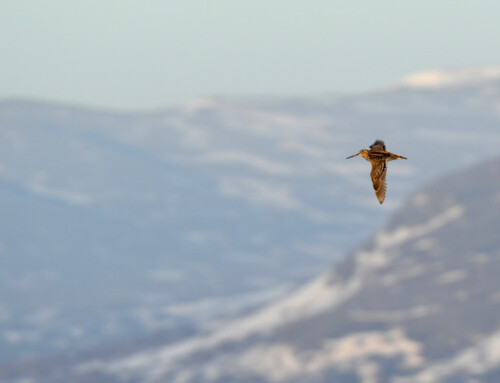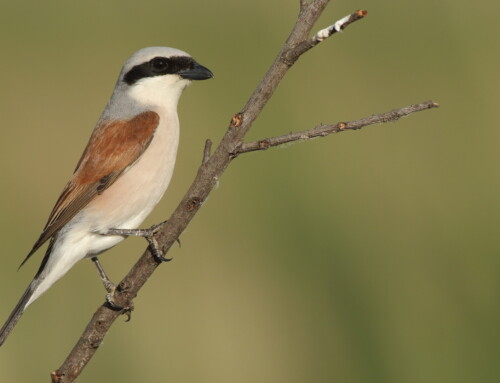LINKED PAPER
Higher experimental ambient temperature decreases female incubation attentiveness in Zebra Finches (Taeniopygia guttata) and lower effort yields negligible energy savings. Ton, R., Hurley, L.L. & Griffith, S.C. 2021 IBIS. DOI: 10.1111/ibi.12922 VIEW
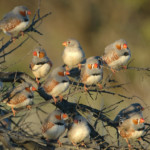 The effects of ambient temperature on embryonic development and parental incubation behaviour have largely been investigated in the bird literature. The dominant and broadly accepted perspectives underlying most of these studies are that: 1) the influence of ambient temperature on developing eggs is, for the large majority, overwritten by patterns of parental attentiveness; and 2) the effects of ambient temperature on parental attentiveness revolve mostly around energetic trade-offs.
The effects of ambient temperature on embryonic development and parental incubation behaviour have largely been investigated in the bird literature. The dominant and broadly accepted perspectives underlying most of these studies are that: 1) the influence of ambient temperature on developing eggs is, for the large majority, overwritten by patterns of parental attentiveness; and 2) the effects of ambient temperature on parental attentiveness revolve mostly around energetic trade-offs.
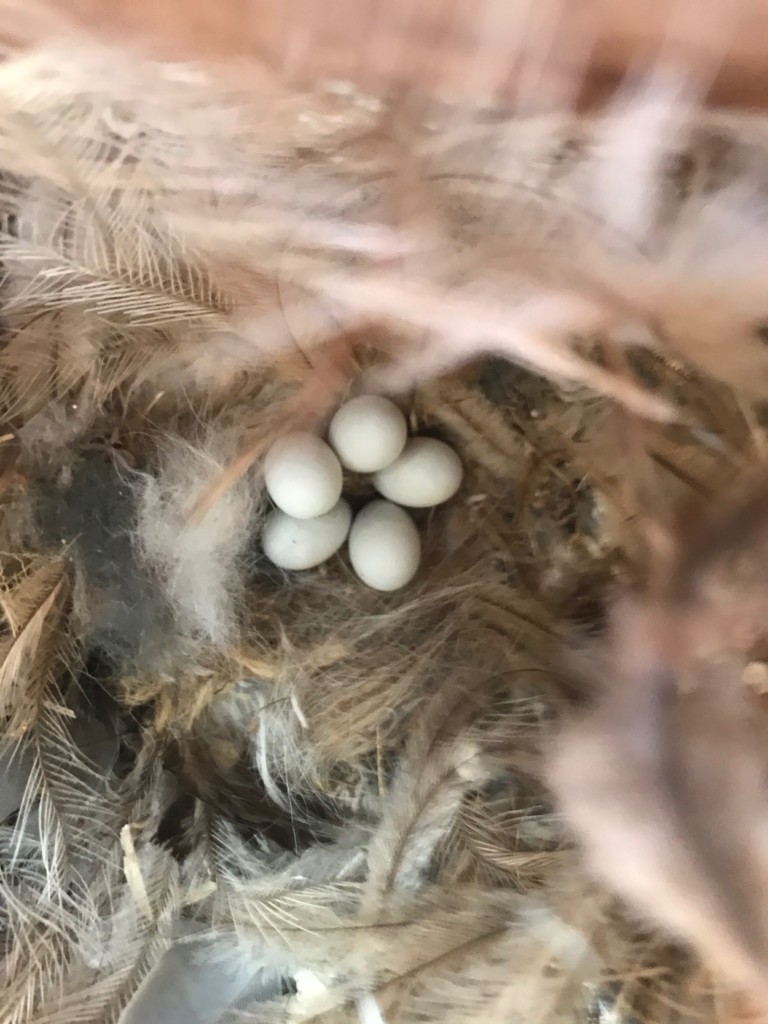 Figure 1 Modal zebra finch clutch size, comprising five white eggs. Photo: Laura L. Hurley
Figure 1 Modal zebra finch clutch size, comprising five white eggs. Photo: Laura L. Hurley
These perspectives may have been biased by early attention on the ability of birds to maintain a stable incubation temperature in cold environments and by an incomplete experimental approach. Indeed, existing experimental studies manipulate the nest or embryonic temperature only, using heat pads or incubators. These types of treatments are valuable but affect the parents only when they are seated on the nest cup, whereas in fact during off-bouts the decision of whether to resume incubation or not depends on the unmanipulated ambient temperature. Also, when these studies occur in the field, the effects of temperature and other environmental variables such as food availability and predation risk on parental behaviour may be confounded. This limits our understanding of how and why ambient temperature actually influences embryonic temperature and parental decision-making during incubation.
 Figure 2 Nests were intensively monitored in order to measure timing of hatching under the different temperature treatments. Photo: Laura L. Hurley
Figure 2 Nests were intensively monitored in order to measure timing of hatching under the different temperature treatments. Photo: Laura L. Hurley
In our study, under controlled conditions, we manipulated the whole breeding ambient temperature and exposed Zebra Finches to two consecutive treatments at 18 and 30°C. We videoed parental activity at the nest and measured the temperature experienced by the eggs in the clutch. Zebra Finches are a good model for these tests because they spend a lot of time and energy incubating, and they keep their eggs at a constant high temperature (37°C). These traits should thus facilitate the detection of how ambient temperature influences attentiveness and clutch temperature.
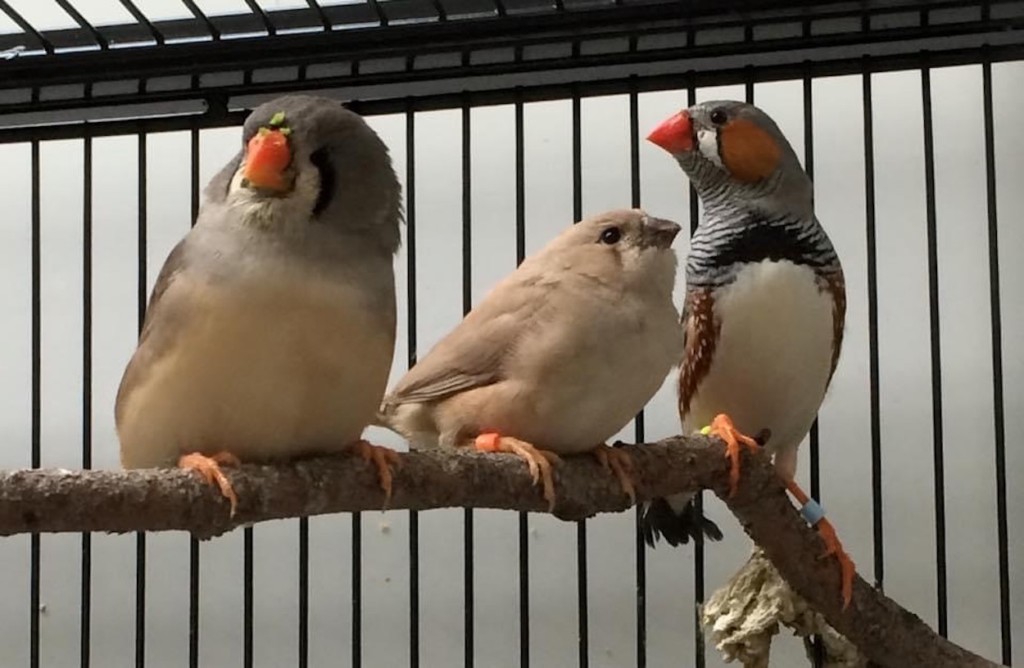 Figure 3 Female (left), juvenile (centre) and male (right) Zebra Finches 30 days after the juvenile hatch date. Photo: Laura L. Hurley
Figure 3 Female (left), juvenile (centre) and male (right) Zebra Finches 30 days after the juvenile hatch date. Photo: Laura L. Hurley
We found that female Zebra Finches, but not males, reduced their attentiveness in the warm treatment. This, together with changes in nest structure detected under warmer conditions within the same experiment (Campbell et al. 2018), probably prevented any between-treatment differences in egg temperature from emerging. This suggests that parents may also be able to buffer ambient temperature at the warmer end of the spectrum by regulating their behaviour. Interestingly, when calculating incubation energy budgets, we found negligible benefits associated with reducing attentiveness at warm temperatures and huge costs associated with maintaining high attentiveness at low temperatures. This suggests that, under controlled experimental conditions, the variation in incubation behaviour we detected at 30°C is not dictated by energy trade-offs.
 Figure 4 Females, but not males, slightly reduced their daily incubation attentiveness (percentage of time spent incubating on the nest) when breeding at 30°C. Photo: Laura L. Hurley
Figure 4 Females, but not males, slightly reduced their daily incubation attentiveness (percentage of time spent incubating on the nest) when breeding at 30°C. Photo: Laura L. Hurley
Taken together these results force us to consider that behavioural changes may also buffer warm ambient temperatures. These changes in attentiveness appear to be a strategy aimed at preventing heat stress for the embryos, rather than a result of energy trade-offs.
References
Campbell, B.L., Hurley, L.L. & Griffith S.C. 2018. Behavioural plasticity under a changing climate; how an experimental local climate affects the nest construction of the zebra finch Taeniopygia guttata. Journal of Avian Biology 49: jav-01717. VIEW
Image credit
Top right: Zebra Finch © Simon C. Griffith



